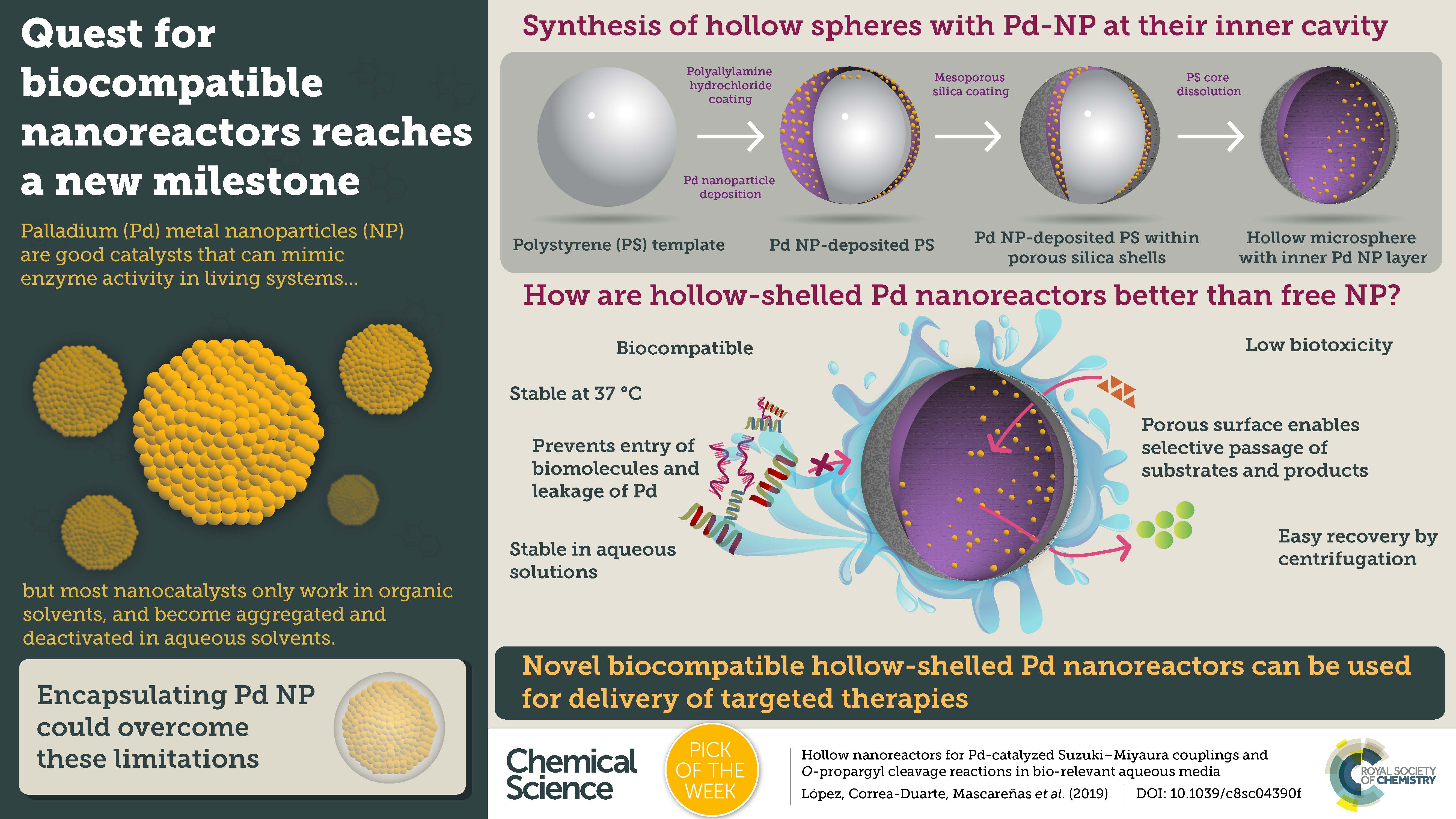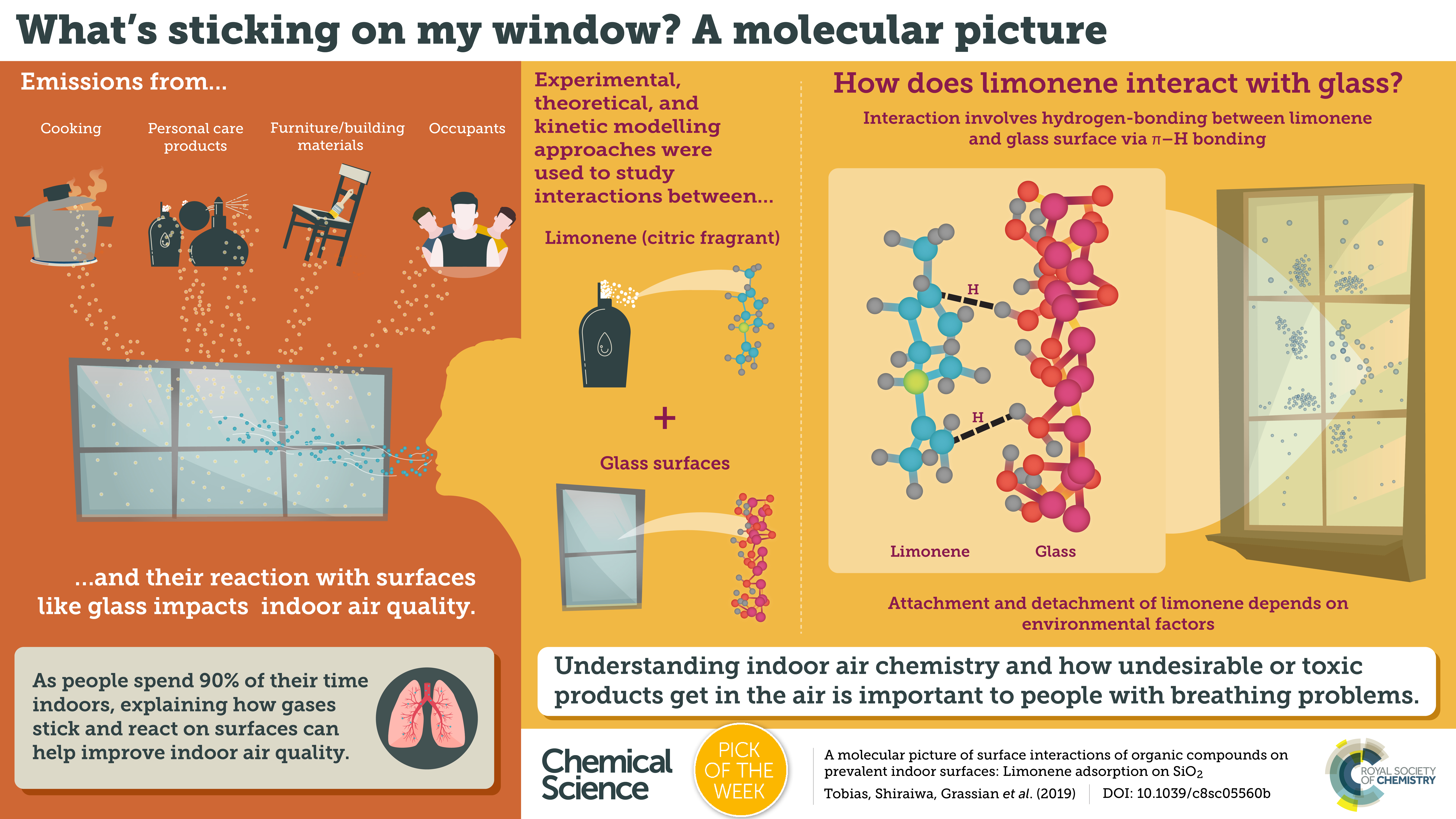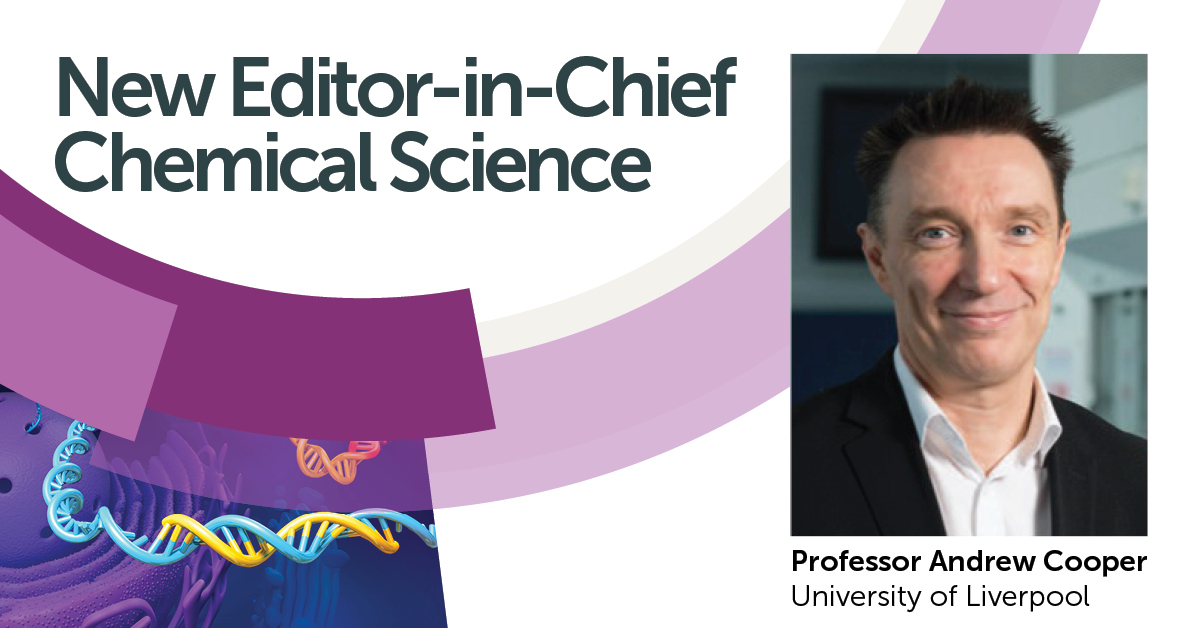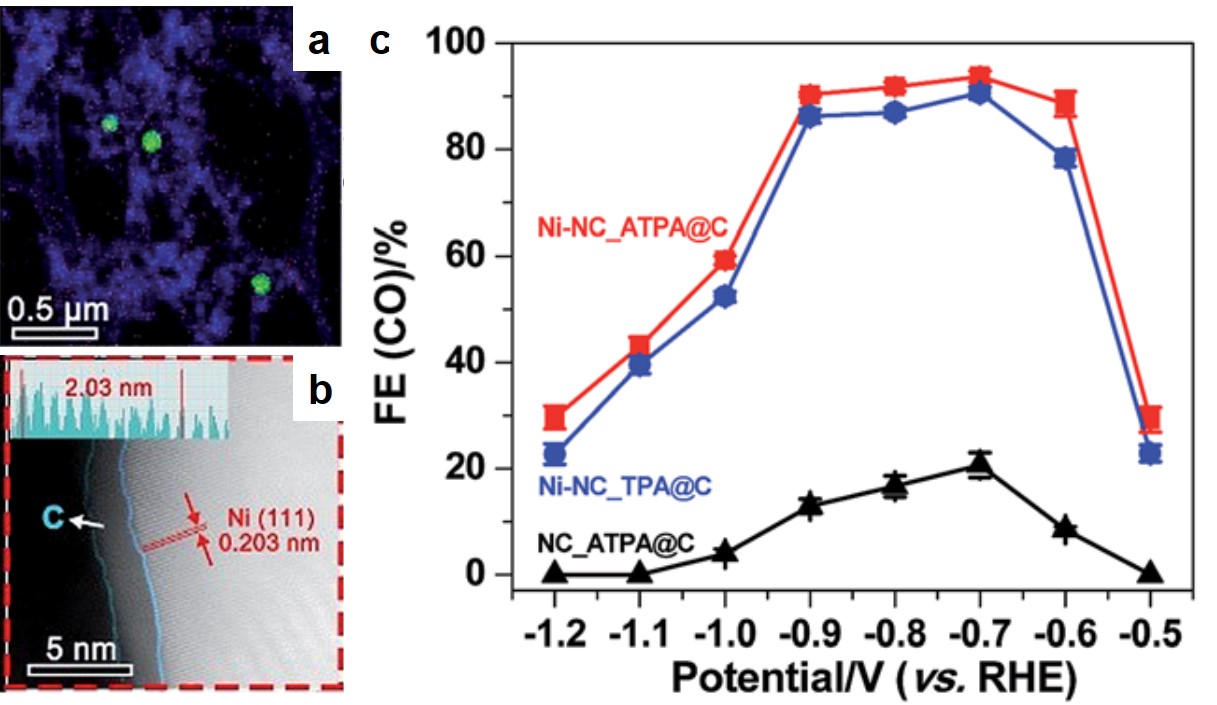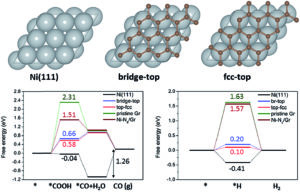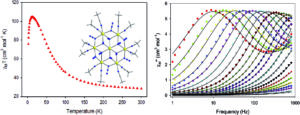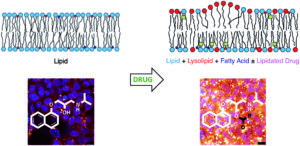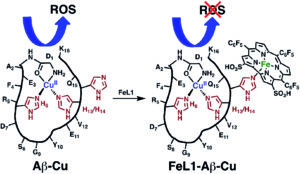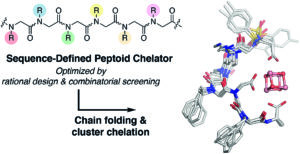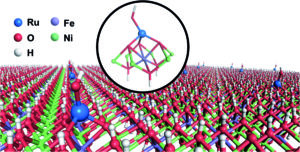We are happy to present a selection of our HOT articles over the past month. To see all of our HOT referee-recommended articles from 2018, please find the collection here.
As always, Chemical Science articles are free to access.
Reaction-free and MMP-independent fluorescent probes for long-term mitochondria visualization and tracking
Ruoyao Zhang, Guangle Niu, Xuechen Li, Lifang Guo, Huamiao Zhang, Rui Yang, Yuncong Chen, Xiaoqiang Yu and Ben Zhong Tang
Chem. Sci., 2019, Advance Article
DOI: 10.1039/C8SC05119D, Edge Article
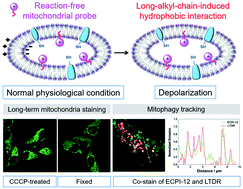
______________________________________________________
Monitoring metal–amyloid-β complexation by a FRET-based probe: design, detection, and inhibitor screening
Hyuck Jin Lee, Young Geun Lee, Juhye Kang, Seung Hyun Yang, Ju Hwan Kim, Amar B.T. Ghisaidoobe, Hyo Jin Kang, Sang-Rae Lee, Mi Hee Lim and Sang J. Chung
Chem. Sci., 2019, Accepted Manuscript
DOI: 10.1039/C8SC04943B, Edge Article
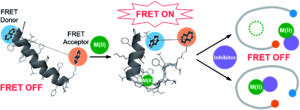
______________________________________________________
Fluorinated synthetic anion carriers: experimental and computational insights into membrane partitioning and transmembrane chloride transport mechanism
Michael J. Spooner, Hongyu Li, Igor Marques, Pedro M. R. Costa, Xin Wu, Ethan N. W. Howe, Nathalie Busschaert, Stephen J. Moore, Mark E. Light, David N. Sheppard, Vítor Félix and Philip A. Gale
Chem. Sci., 2019, Accepted Manuscript
DOI: 10.1039/C8SC05155K, Edge Article
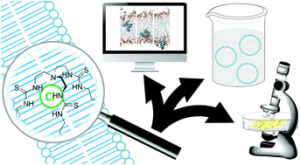
______________________________________________________
How machine learning can assist the interpretation of ab initio molecular dynamics simulations and conceptual understanding of chemistry
Florian Häse, Ignacio Fdez. Galván, Alán Aspuru-Guzik, Roland Lindh and Morgane Vacher
Chem. Sci., 2019, Accepted Manuscript
DOI: 10.1039/C8SC04516J, Edge Article
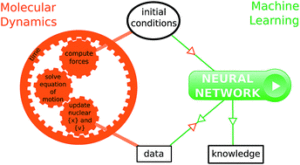
______________________________________________________
Synergistic Self-Seeding in One-Dimension: a Route to Patchy and Block Comicelles with Uniform and Controllable Length
Jiangping Xu, Hang Zhou, Qing Yu, Gerald Guerin, Ian Manners and Mitchell A. Winnik
Chem. Sci., 2019, Advance Article
DOI: 10.1039/C8SC04705G, Edge Article
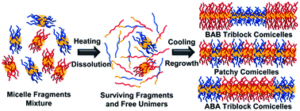
______________________________________________________
Optical control of the antigen translocation by syntethic photo-conditional viral inhibitors
M. Braner, N. Koller, J. Knauer, V. Herbring, S. Hank, R. Wieneke and R. Tampé
Chem. Sci., 2019, Advance Article
DOI: 10.1039/C8SC04863K, Edge Article
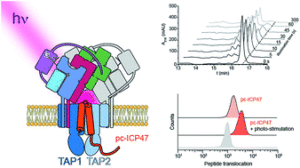
Comments Off on HOT Chemical Science articles for December


